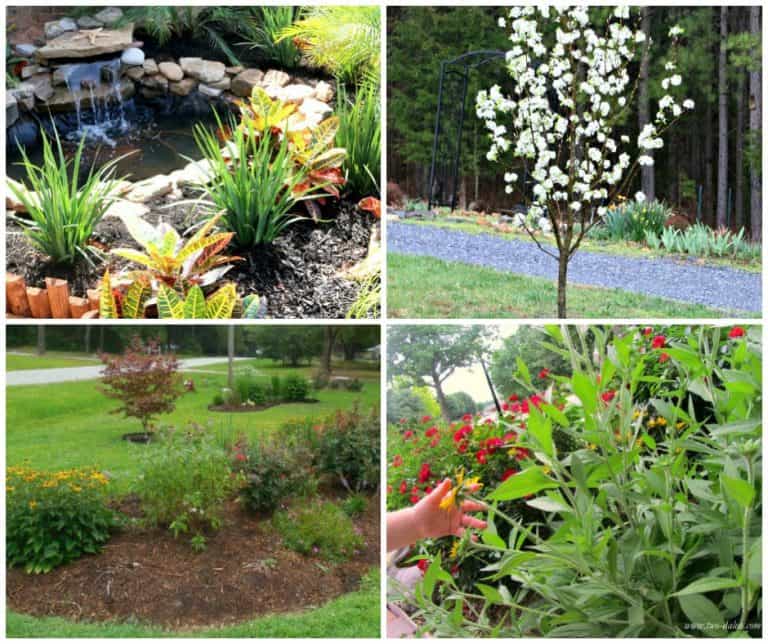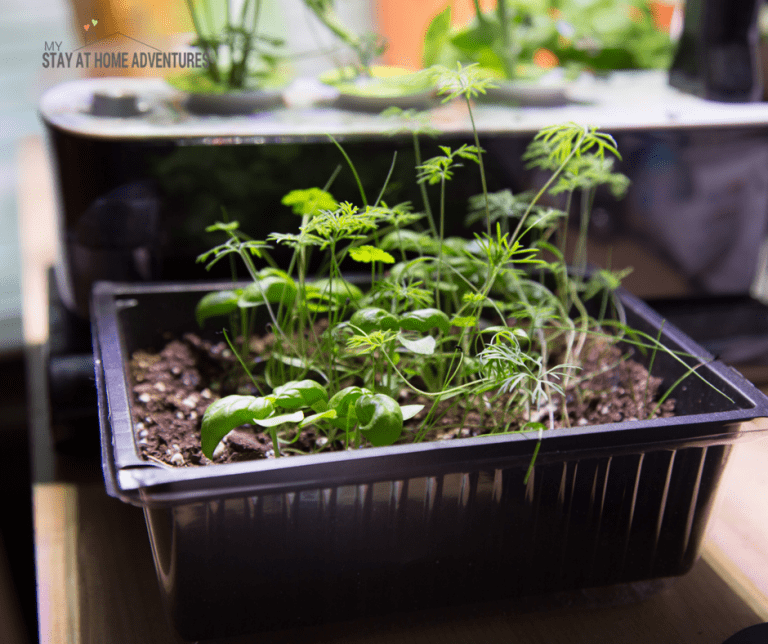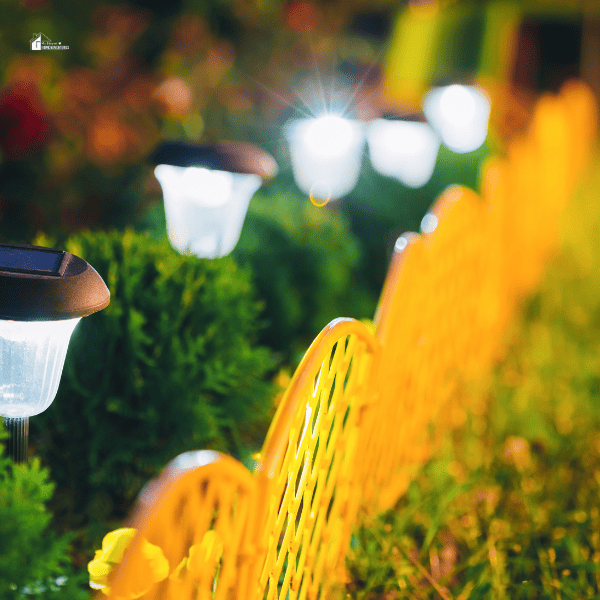10 Of The Best Pet-Friendly Plants
This post may contain affiliate links which might earn us money. Please read my Disclosure and Privacy policies hereAre you a proud pet owner looking to bring some greenery into your home? Or perhaps you're an aspiring plant parent who also adores the company of furry companions? Either way, this post is here to guide you through the world of pet-friendly plants.
We all know how curious our four-legged friends can be, and it's important to ensure that the plants we bring into our homes are safe for them. If they can try to eat it, they probably will, and it’s worth keeping that in mind. While you might be used to Googling queries such as “can dogs eat strawberries?” having a handy guide for plants is great to refer to.
Let’s go and explore the wide range of plant options that not only add beauty but also create a safe and harmonious environment for both pets and plant lovers alike.
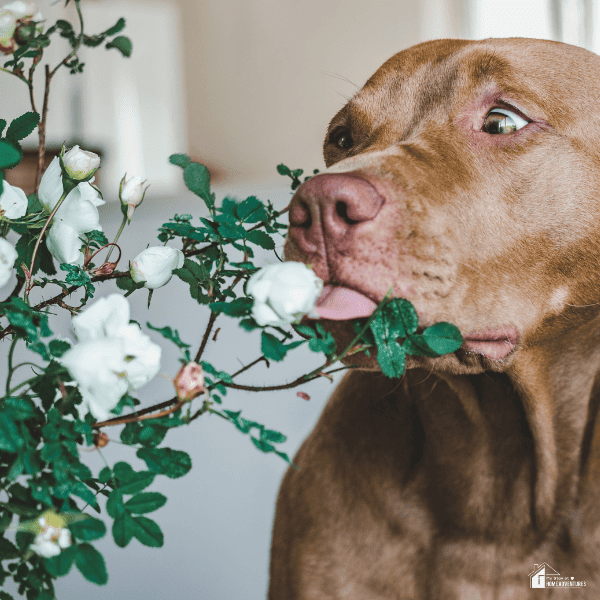
What's the difference between pet-friendly plants from other plants?
Pet-friendly plants are specifically chosen because they pose no harm to animals when ingested or touched. Unlike other plants that may contain toxic substances, pet-friendly varieties provide peace of mind and ensure the safety of your beloved pets.
One significant difference between pet-friendly plants and other plants lies in their chemical composition. While some plants contain toxins like alkaloids, glycosides, or essential oils that can be harmful to pets if consumed or come into contact with their skin, pet-friendly plants lack these hazardous substances. These non-toxic varieties have been extensively tested and proven safe for pets by organizations such as the American Society for the Prevention of Cruelty to Animals (ASPCA).
What are pet-friendly plants?
Here’s a list of pet-friendly plants and their description:
| Plant Name | Description |
| Spider Plant | Spider plants are easy to care for and have long, narrow leaves that drape gracefully over the edge of a pot. They help purify the air and are safe for cats and dogs. |
| Boston Fern | Boston ferns have feathery fronds and are excellent air purifiers. They are safe for pets but require frequent watering and misting. |
| Baby Rubber Plant | The baby rubber plant has small, shiny leaves that are safe for pets. It requires bright, indirect light and moderate watering. |
| Bamboo Palm | The bamboo palm is a tropical plant that can grow up to 12 feet tall. It is safe for cats and dogs and helps purify the air by removing formaldehyde. |
| Areca Palm | The areca palm is another tropical plant that is safe for pets. It has feathery fronds and is easy to care for, requiring moderate watering and bright, indirect light. |
| African Violet | African violets have velvety leaves and produce beautiful purple or pink flowers. They are safe for pets and do well in low to medium light conditions. |
| Money Tree | The money tree is a hardy plant that is safe for pets. It has thick stems and round, shiny leaves that can bring good luck and prosperity. |
| Calathea | Calatheas have striking, variegated leaves and are safe for pets. They require bright, indirect light and high humidity. |
| Peperomia | Peperomias come in a variety of colors and patterns and are safe for pets. They require moderate watering and bright, indirect light. |
| Polka Dot Plant | The polka dot plant has brightly colored leaves and is safe for pets. It requires moderate watering and does well in bright, indirect light. |
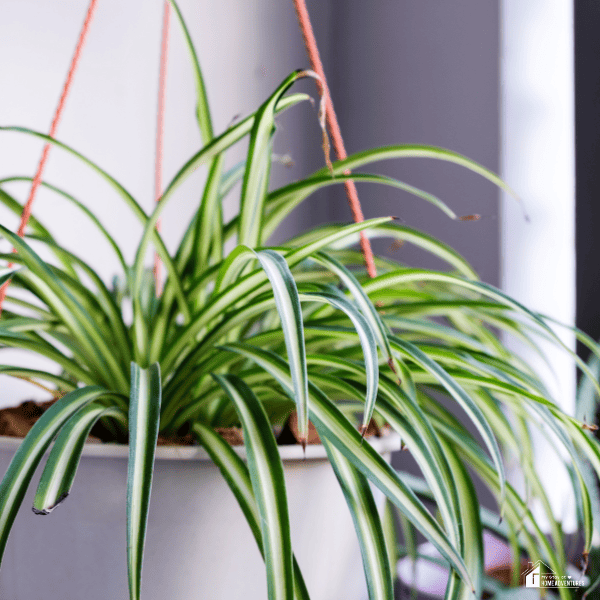
Spider Plant
Spider plants, scientifically known as Chlorophytum comosum, are popular houseplants that are widely loved for their unique appearance and easy care requirements.
With long, arching leaves that resemble spider legs and tiny plantlets that dangle from stems like little spiders on a web, these plants bring a touch of whimsy to any space.
Spider plants are native to tropical regions of Africa but have become popular all over the world due to their versatility and resilience.
They can adapt well to different environmental conditions and can thrive in both bright and low-light situations. They prefer indirect sunlight and can even tolerate some shade.
Boston Fern
The Boston Fern, scientifically known as Nephrolepis exaltata, is a species of fern native to tropical regions such as Florida, South America, and Africa. It belongs to the family Lomariopsidaceae and is one of the most common types of ferns found in households.
Its distinctive appearance sets it apart from other plants – each frond consists of countless small leaflets called pinnae that create an attractive arching effect.
You migth enjoy these posts:
Baby Rubber Plant
The Baby Rubber Plant is native to South America, specifically Brazil. It belongs to the Piperaceae family and is a member of the Peperomia genus. This delightful plant typically grows up to 10 inches in height and spreads up to 8 inches wide. Its compact size makes it an excellent fit for small apartments or offices with limited space.
Bamboo Palm
Bamboo Palm, scientifically known as Chamaedorea seifrizii, is a popular houseplant that can bring a touch of tropical beauty to any space. It belongs to the palm family and is native to Mexico and Central America.
Its slender stems resemble bamboo, hence the common name. With its graceful appearance and low-maintenance nature, it has become a favorite choice among beginner gardeners.
This plant features arching fronds with delicate green leaflets that create an elegant canopy effect. The Bamboo Palm can grow up to 6 feet tall indoors, making it ideal for adding height and texture to your indoor jungle.
Its compact size makes it perfect for small spaces like apartments or offices where larger palms may not fit well.
Areca Palm
Areca Palm, also known as Dypsis lutescens or butterfly palm, is a popular tropical plant that originates from Madagascar. It belongs to the family of Arecaceae and is widely recognized for its elegant appearance and air-purifying qualities.
With its feathery, arching fronds and slender, bamboo-like stems, this palm can instantly bring a touch of exotic beauty to any indoor or outdoor space.
One of the reasons why Areca Palm has gained immense popularity among beginners and seasoned gardeners alike is its relatively low maintenance requirements.
This plant thrives in bright indirect light but can tolerate some direct sunlight as well. It prefers well-draining soil and regular watering; however, it should never be allowed to sit in soggy conditions.
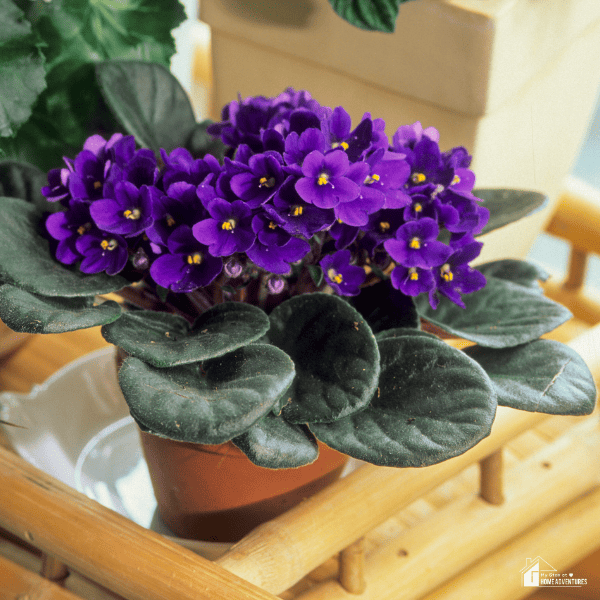
African Violet
African violet, scientifically known as Saintpaulia ionantha, is a charming flowering houseplant that adds a touch of vibrancy to any indoor space. Belonging to the Gesneriaceae family, this popular plant is native to eastern Africa and was first discovered in Tanzania in the late 19th century. Its name, African violet, stems from its native origin on the continent.
Known for its striking blooms and velvety leaves, the African violet comes in a variety of colors ranging from shades of purple and blue to pink and white.
The flowers are delicate and dainty, often resembling miniature roses or pansies. With proper care, these beautiful flowers can bloom all year round.
Money Tree
The money tree plant, also known as Pachira aquatica, is a popular choice for both experienced gardeners and beginners alike. Native to Central and South America, this unique plant features a thick trunk and shiny green leaves that resemble the shape of a hand. But what makes it truly special is its reputation as a bringer of good luck and wealth in some cultures.
Caring for a money tree plant is relatively easy, making it an ideal addition to any indoor space. It thrives in bright but indirect light conditions, so placing it near a window with filtered light would be perfect.
Calathea
Calathea is a genus of tropical plants that are native to the rainforests of South America and Asia. Known for their stunning foliage, Calatheas are often called “prayer plants” due to their unique habit of folding their leaves up at night as if in prayer. These plants belong to the Marantaceae family and are prized for their lush green leaves with intricate patterns and vibrant colors.
One of the most fascinating features of Calatheas is that they can move! Unlike most other plants, the leaves of a Calathea have special joints that allow them to adjust throughout the day.
Peperomia
Peperomia is a type of flowering plant that belongs to the Piperaceae family. It is native to tropical and subtropical regions around the world, including Central and South America, Africa, and Southeast Asia.
With over 1,000 different species, Peperomias come in a wide variety of shapes, sizes, and colors. Some have thick fleshy leaves while others have thin delicate ones.
They can range from tiny plants that fit perfectly on your windowsill to larger varieties that make great statement pieces in your living room. One thing they all have in common though is their ability to thrive indoors with minimal care.
Polka Dot Plant
A polka dot plant, also known as Hypoestes phyllostachya, is a popular houseplant that gets its name from the vibrant and unique patterns on its leaves. The plant is native to Madagascar and thrives in warm and humid conditions. With its striking foliage, it adds a touch of color and personality to any indoor space.
One of the most distinctive features of the polka dot plant is its variegated leaves. The leaves are typically green with spots or splashes of pink, red, white, or purple.
These colorful markings resemble polka dots or paint splatters, giving the plant its playful appeal. Additionally, the leaves have a velvety texture that further enhances their attractiveness.
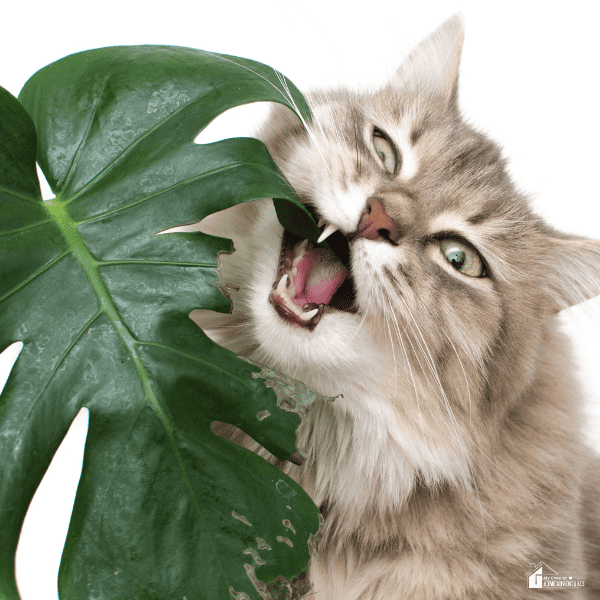
What are dangerous plants to pets?
Here’s a list of dangerous plants to pets, their description, and the reasons as to why they are dangerous:
| Plant Name | Description | Why it's Dangerous |
| Lily | Lilies have trumpet-shaped flowers and long, slender stems. | All parts of the lily are highly toxic to cats, causing kidney failure even in small amounts. |
| Sago Palm | The sago palm is a type of cycad that has a thick trunk and stiff, feather-like fronds. | All parts of the sago palm are toxic to dogs and cats, causing vomiting, diarrhea, liver failure, and even death. |
| Aloe Vera | Aloe vera is a succulent plant with fleshy leaves that contain a gel-like substance. | While aloe vera is not usually deadly, it can cause vomiting and diarrhea in dogs and cats. |
| Pothos | Pothos is a trailing vine with heart-shaped leaves that can be variegated or solid green. | Pothos contains insoluble raphides that can cause oral irritation, vomiting, and difficulty swallowing in pets. |
| Philodendron | Philodendrons are tropical plants with large, glossy leaves that can be variegated or solid green. | Philodendrons contain insoluble calcium oxalate crystals that can cause oral irritation, vomiting, and difficulty swallowing in pets. |
| Dieffenbachia | Dieffenbachias are tropical plants with large, patterned leaves. | Like pothos and philodendrons, dieffenbachias contain insoluble calcium oxalate crystals that can cause oral irritation, vomiting, and difficulty swallowing in pets. |
| Azalea | Azaleas are flowering shrubs that produce bright, showy blooms in the spring. | All parts of the azalea are toxic to dogs and cats, causing vomiting, diarrhea, weakness, and even death. |
| Oleander | Oleanders are flowering shrubs that produce clusters of pink, red, or white flowers. | All parts of the oleander are highly toxic to dogs and cats, causing vomiting, diarrhea, irregular heart rate, seizures, and even death. |
| Yew | Yews are evergreen shrubs or trees with needle-like leaves and red berries. | All parts of the yew plant are toxic to pets, causing vomiting, diarrhea, difficulty breathing, tremors, and even death. |
| Tulip | Tulips are spring-blooming bulbs that produce brightly colored flowers. | While not usually fatal, tulips can cause gastrointestinal upset, drooling, and loss of appetite in pets. |
If you suspect your pet has ingested a toxic plant, contact your veterinarian immediately.
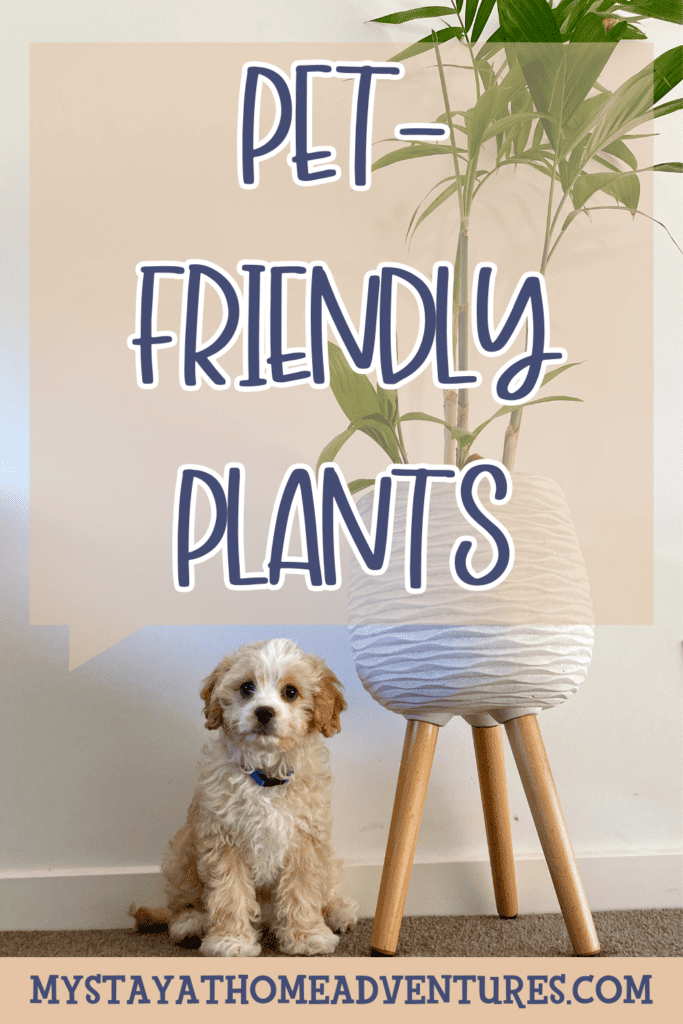
Incorporating pet-friendly plants into your home or garden can provide numerous benefits for both you and your furry friends. Not only do these plants add beauty and freshness to your living space, but they also help improve air quality and promote a sense of well-being.
By choosing non-toxic plants that are safe for pets, you can avoid potential health risks and create a harmonious environment for all inhabitants. So why not start by adding a few pet-friendly plants to your collection today? Your four-legged companions will thank you for it!



